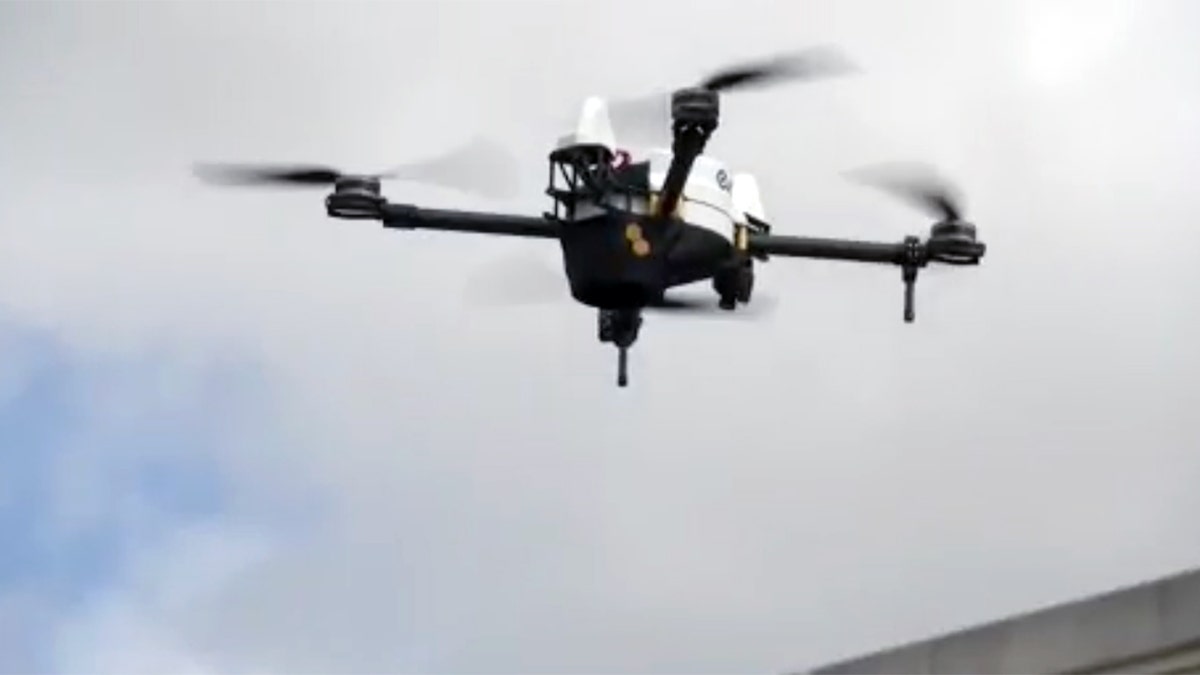

Drones have rapidly evolved from backyard novelties into critical components of today’s infrastructure and now, into one of the fastest-growing threats to our national security. As the CEO of one of the nation’s largest drone technology companies and a former naval officer, I’ve seen firsthand how powerful these tools can be. I’ve also seen how dangerous they are when left unregulated; they become liabilities, capable of disruption, destruction and danger.
Just days ago, amid deadly flash floods in Texas, a private drone collided with a rescue helicopter during an active life-saving mission. The crash forced the crew to land, grounding a critical asset in the middle of an unfolding emergency. In the chaos of unspeakable tragedy, a single uncoordinated drone put lives at risk and halted the very efforts meant to save them. Incidents like this are entirely preventable with proper airspace coordination.
In the first quarter of this year, the FAA reported over 400 illegal drone incursions near U.S. airports, which is a 25% increase from the same period in 2024. Drone incursions into U.S. military airspace have reached unprecedented levels, and the trend is only accelerating. At military bases across the country, 350 unauthorized drone flights were recorded last year alone. These aren’t harmless mistakes. They are persistent, coordinated, and, in some cases, hostile.
HEGSETH TEARS UP RED TAPE, ORDERS PENTAGON TO BEGIN DRONE SURGE AT TRUMP'S COMMAND
These incidents are not isolated; they’re escalating. Drones have been used to smuggle contraband into prisons, surveil energy facilities and ports, and even collide with manned aircraft, narrowly avoiding catastrophe. As drones become faster, cheaper and easier to operate, our systems for detecting, coordinating, and responding remain fractured, outdated, and dangerously inadequate.

Drones have become a national security danger. FILE: The autonomous AV8 drones are governed by a computer system created by eve Vehicles in Austin, Texas. (KVUE)
From commercial airliners and emergency helicopters to power grids and correctional facilities, these vulnerabilities cut across every critical sector. Without stronger detection, clear enforcement authority, and a unified approach to managing airspace, the risk will only grow. This is no longer a question of if these gaps will be exploited, but when, how often, and at what cost.
The root of the problem is not technological. The solutions exist today. What we lack is a national framework, a unified, real-time system to track, manage and respond to low-altitude air traffic.
DRONE INCURSIONS ON US BASES COME UNDER INTENSE SCRUTINY AS DEVICES PROVE LETHALITY OVERSEAS
We need a flight information exchange that allows law enforcement, regulators, and operators to see what’s flying, where it is, and who is responsible. We need cryptographically secure digital credentials that link drones, their pilots and their missions to prevent spoofing. And we need Remote ID signals that can’t be manipulated.
Right now, too many decisions depend on disconnected sensors, slow approvals and guesswork. We must fuse radar, RF and acoustic data into a single surveillance picture. The FAA needs to publish a national mission-priority table to ensure emergency flights aren’t delayed or grounded. Most urgently, Congress must expand counter-Unmanned Aircraft Systems authority to include local law enforcement before the current federal authority sunsets this September.
The technology is ready. The risks are growing. We no longer have the luxury of delay. It’s time for Congress, regulators and industry to act together before these threats escalate into disasters.
We can protect our skies before the next drone incident becomes a national tragedy.
